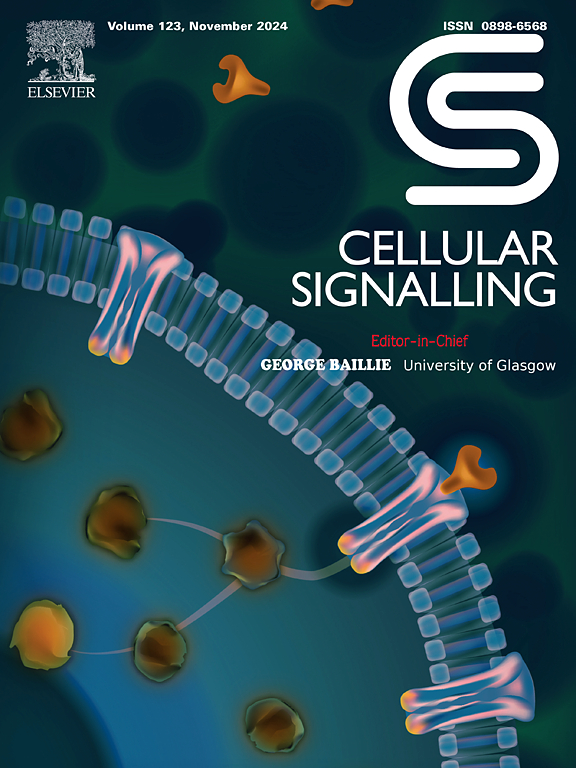The roles of IDH2 and glutathione metabolism in cetuximab resistance in head and neck squamous cell carcinoma investigated by metabolomics and transcriptomics
IF 4.4
2区 生物学
Q2 CELL BIOLOGY
引用次数: 0
Abstract
Cetuximab resistance is a significant challenge in the treatment of head and neck squamous cell carcinoma (HNSCC). In this study, cetuximab-resistant HNSCC cell lines were established, and untargeted metabolomics was used to detect differences in metabolite profiles between sensitive and resistant cell lines. It was found that glutathione metabolism significantly differed between the sensitive and resistant lines. Combining these findings with transcriptome data, correlation analysis of metabolites revealed that IDH2 regulated glutathione metabolism and contributed to cetuximab resistance in FaDu cells. In vitro experiments showed that IDH2 was highly expressed in FaDu-CR cells, and IDH2 knockdown significantly enhanced the sensitivity of FaDu and FaDu-CR cells to cetuximab. IDH2 knockdown reduced GSH levels and GPX4 expression in FaDu and FaDu-CR cells under cetuximab treatment, while increasing lipid ROS levels. In vivo experiments demonstrated that IDH2 knockdown decreased the tumorigenic ability of FaDu-CR cells in nude mice treated with cetuximab, as well as reduced GPX4 and Ki67 levels in tumor tissues. In conclusion, IDH2 regulated glutathione metabolism and contributed to cetuximab resistance in HNSCC. This study explores strategies to ameliorate cetuximab resistance in HNSCC preclinical models, providing new insights for reversing cetuximab resistance in HNSCC.
求助全文
约1分钟内获得全文
求助全文
来源期刊

Cellular signalling
生物-细胞生物学
CiteScore
8.40
自引率
0.00%
发文量
250
审稿时长
27 days
期刊介绍:
Cellular Signalling publishes original research describing fundamental and clinical findings on the mechanisms, actions and structural components of cellular signalling systems in vitro and in vivo.
Cellular Signalling aims at full length research papers defining signalling systems ranging from microorganisms to cells, tissues and higher organisms.
 求助内容:
求助内容: 应助结果提醒方式:
应助结果提醒方式:


